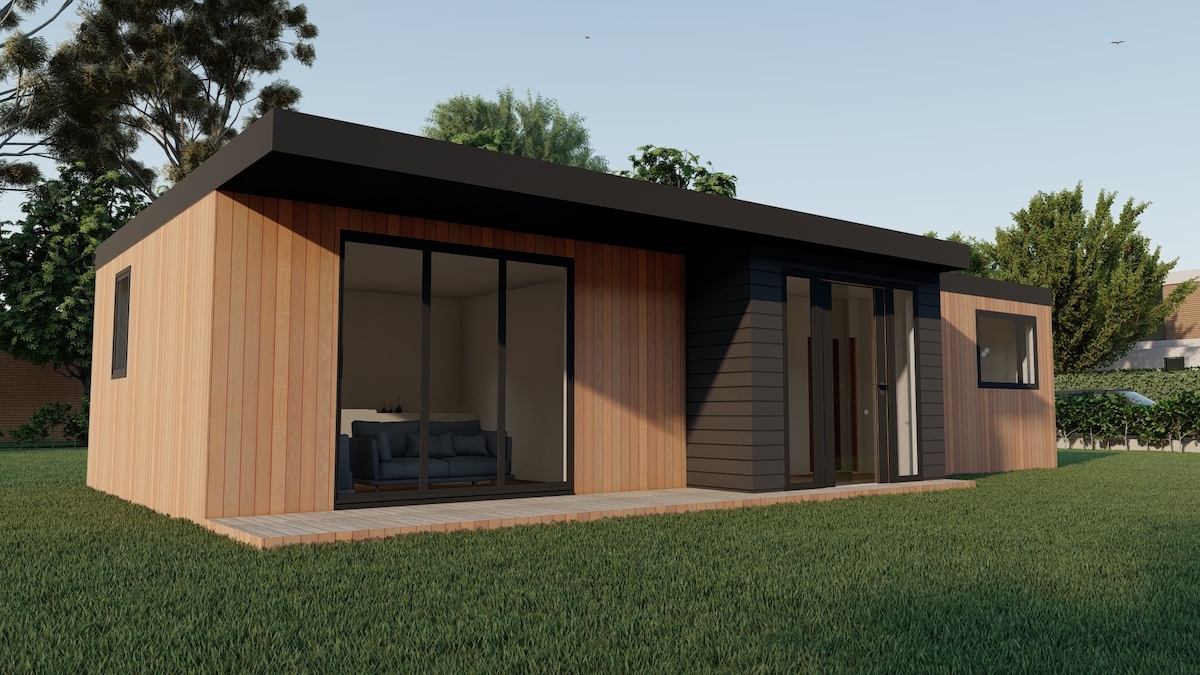Introduction:
In the United Kingdom, the concept of multigenerational living is undergoing a modern transformation with the increasing popularity of granny annexes. These self-contained living spaces, built on the same property as the main residence, offer a unique solution to the evolving needs of families. Let’s explore the specific nuances of granny annexes in the UK and the factors contributing to their growing appeal.
- Cultural Shifts in UK Living:
The UK has seen a cultural shift in recent years, with more families embracing the idea of extended living arrangements. Granny annexes have become a practical response to changing family dynamics, providing a balance between independence and close-knit familial support.
- Planning Permission and Regulations:
Understanding the regulatory landscape is crucial when it comes to building granny annexes in the UK. While many annexes fall under permitted development rights, it’s essential to be aware of local planning regulations. The UK government has recognized the importance of such living spaces and has taken steps to simplify the planning process for families.

- Architectural Diversity:
Granny annexe UK come in various architectural styles, reflecting the diverse preferences and needs of families. From traditional designs that seamlessly blend with existing structures to modern, standalone units, the architectural diversity ensures that granny annexes complement the overall aesthetic of the property.
- Aging in Place:
One of the primary motivations behind the adoption of granny annexes in the UK is the desire for elderly family members to age in place. These living spaces provide a sense of autonomy for the elderly while allowing them to stay connected with their families, fostering a supportive environment.
- Financial Considerations:
In the UK, where the cost of assisted living and nursing homes can be substantial, granny annexes offer a cost-effective alternative. Families can invest in creating a comfortable and personalized living space for their elderly relatives without the ongoing expenses associated with external care services.
- Community and Social Integration:
Granny annexes in the UK contribute to the sense of community and social integration within the family. The close proximity of these living spaces ensures that family members remain connected, fostering a strong support system and enhancing the overall quality of life for everyone involved.
- Increasing Property Values:
Just like in other parts of the world, adding a granny annexe in the UK can positively impact property values. The versatility and functionality of these living spaces make properties more attractive to potential buyers, contributing to the overall appeal and marketability of the real estate.
Conclusion:
Granny annexes in the UK represent a contemporary approach to multigenerational living, combining the values of independence and family bonds. As cultural shifts and regulatory support continue to shape the landscape, these living spaces are likely to remain a prominent feature in the diverse tapestry of UK homes, providing a harmonious solution for families seeking a blend of tradition and modernity.
